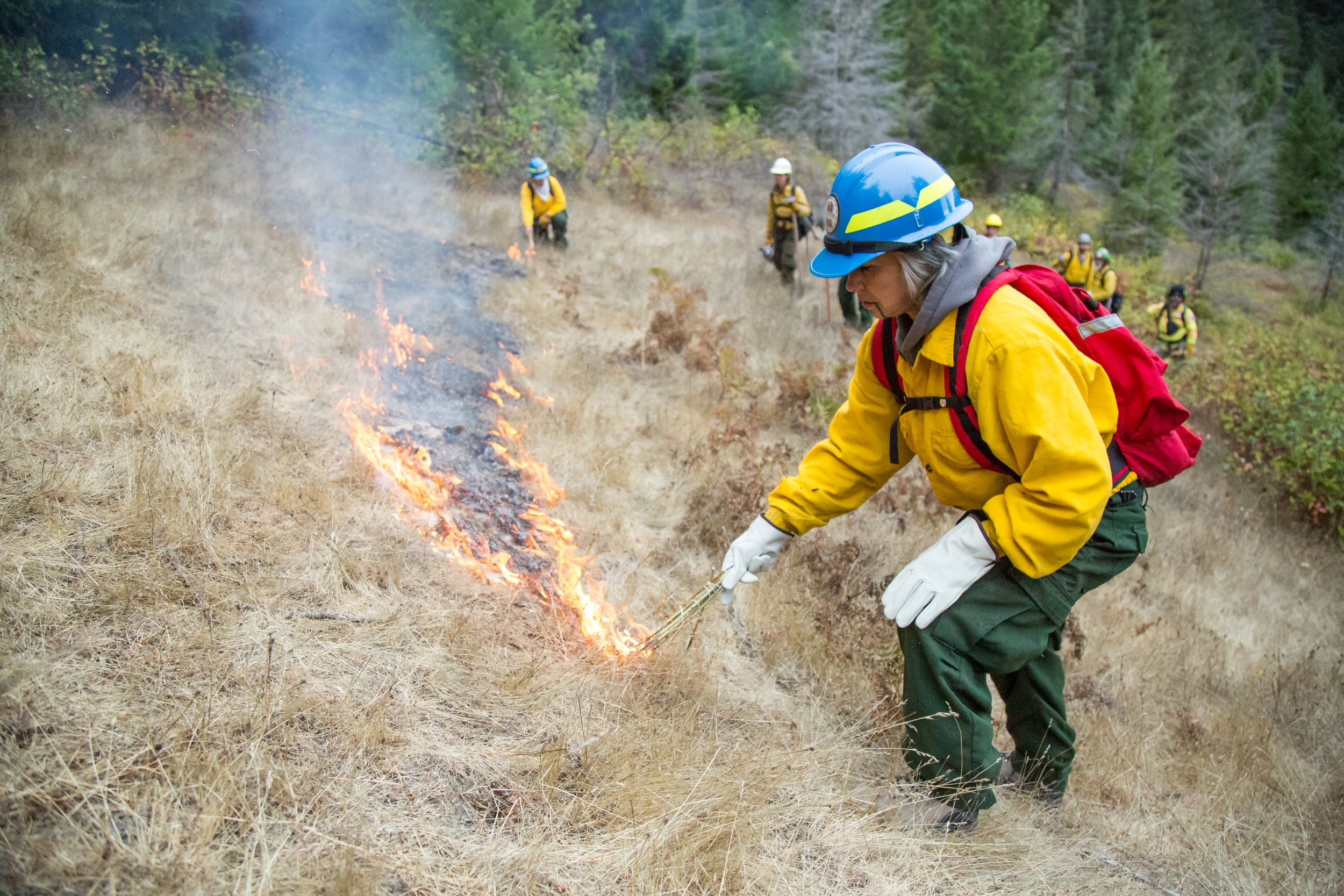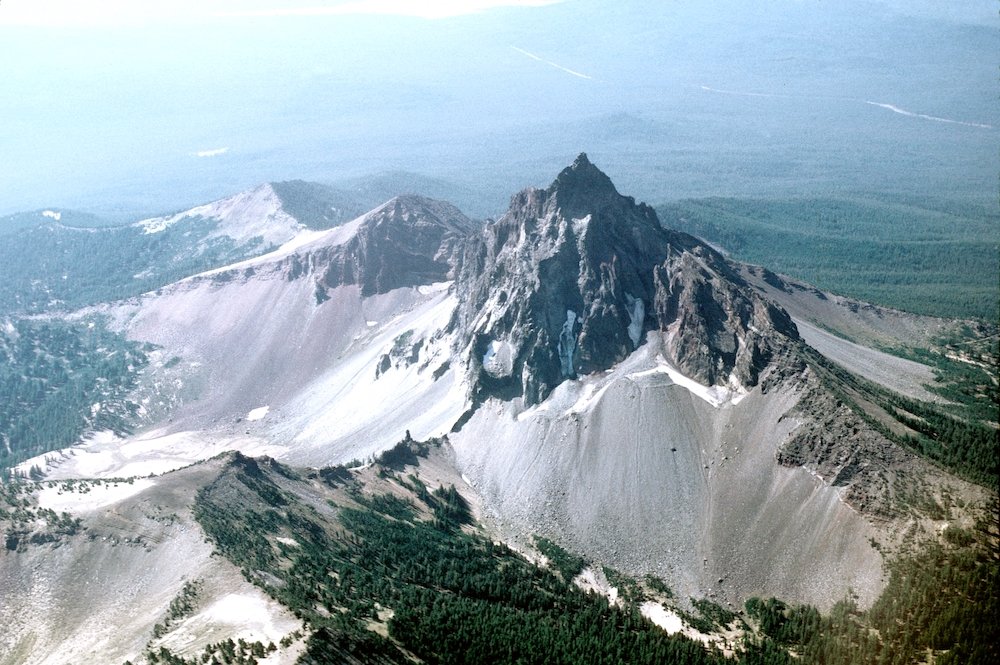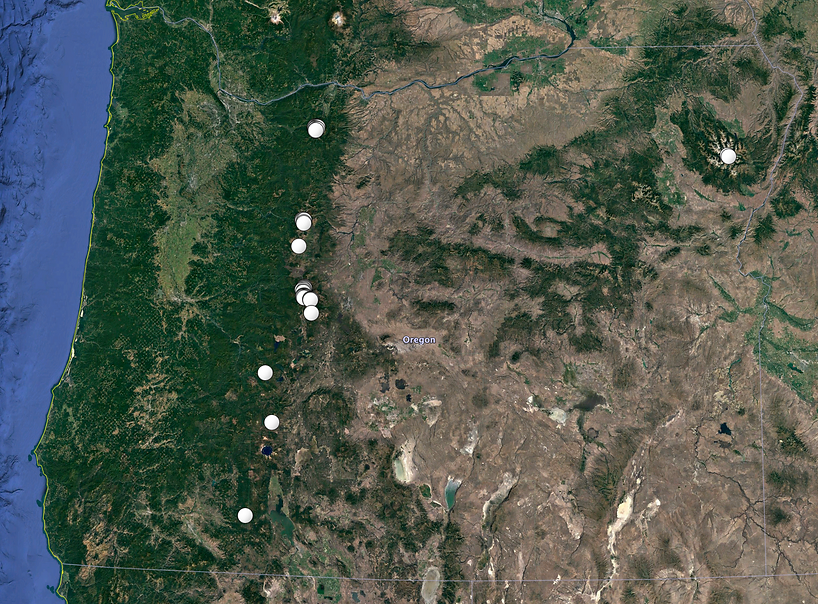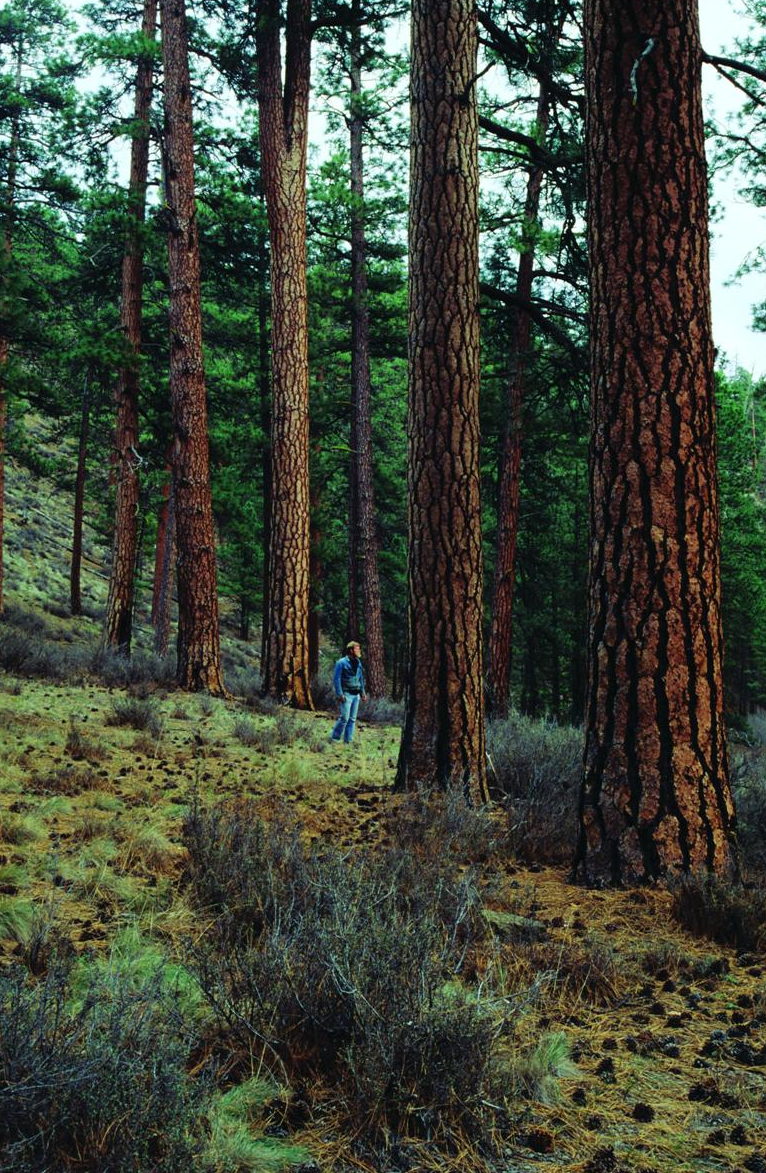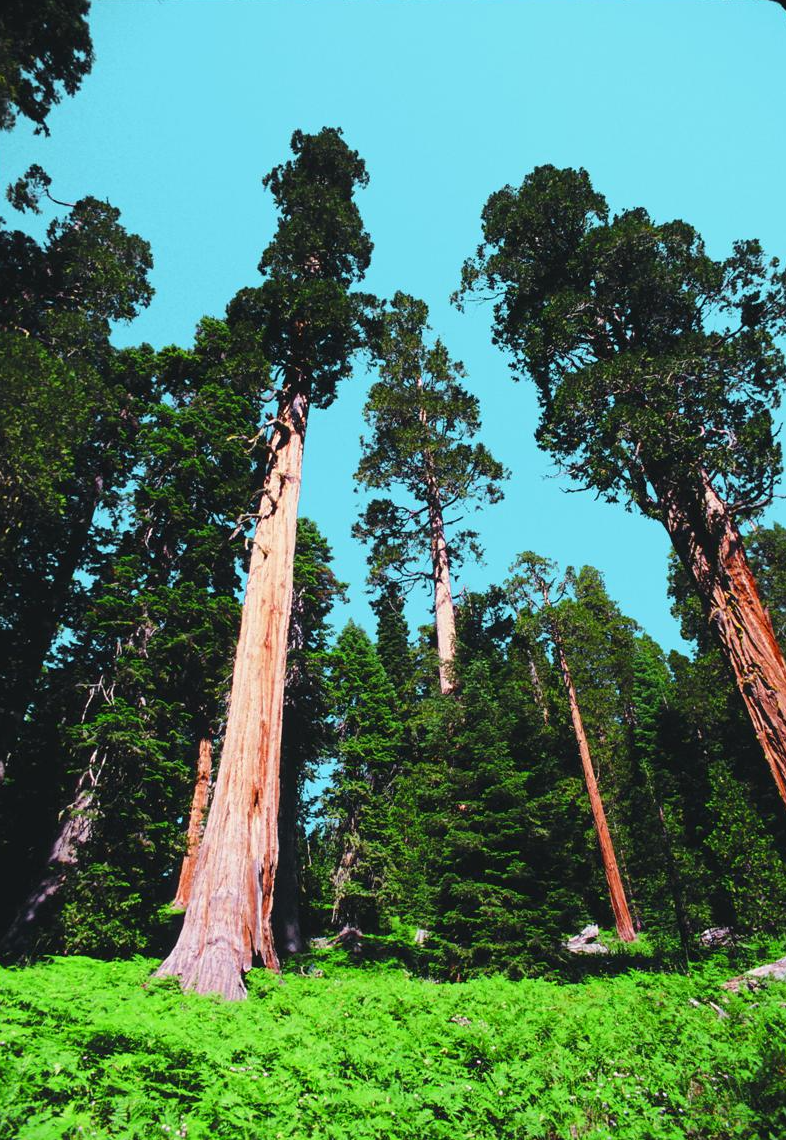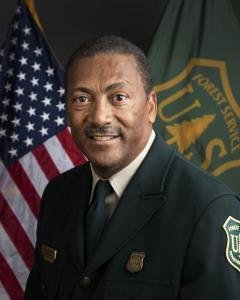I’m a reluctant Democrat, and Oregon has a closed primary. None of the nineteen Republican candidates would gain my vote. (See the article in the Oregon Capital Chronicle entitled “Republicans vow to restore timber industry, protect ag if they win Oregon governor’s race.”
Fifteen people are seeking the Democratic nomination for governor in 2022. I discounted thirteen as nonviable candidates (not enough name recognition, campaign funds, and/or substance) upon whom I would not want to waste my vote. That leaves two:
• former Oregon House Speaker Tina Kotek
• Oregon State Treasurer Tobias Read
While I am comfortable with either winning the Democratic nomination for the November 2022 general election, for the reasons stated in this post, I would be far more comfortable with one versus the other.
Both Candidates: Highly Qualified and Reliably Green
Both Read and Kotek are highly qualified to serve as governor.
Both are seasoned politicians, which is often a necessary—but not sufficient—requisite for the job. Both are generally progressives (Read somewhat to the right of Kotek).
While only Read has won office statewide (not to be discounted), Kotek has repeatedly won a very tough special election—that of maintaining the confidence of one’s fellow Democratic House members who have repeatedly chosen her as their speaker. Kotek can herd cats. Both Kotek and Read were elected to several terms in the Oregon House of Representatives and had terms that overlapped in service.
Both are generally reliable green votes on conservation issues, with identical Oregon League of Conservation Voterslifetime ratings of 87 percent.
When I first lobbied the Oregon legislature in the late 1970s, the majority of Democrats generally voted green, although the leadership always took steps to protect “downstate” (outside of greater Portland) Democrats on the Oregon Coast or elsewhere from having to take hard votes on conservation and environmental issues. Back in the day, we could also rely on several Republican votes, which is not generally the case today. Today, as back then, if push comes to shove between the environment and labor or justice or education or whatever, the environment will lose in the Democratic caucus.
As both Read and Kotek have comparable conservation voting records, I looked to other factors to break the tie. Two public lands conservation matters very close to my heart—the Elliott State Forest and the drawing of Oregon’s congressional districts—helped me choose which candidate to endorse. I’ve chosen these issues out of the many public lands conservation and environmental issues I care about not just because they are important, but also because the leadership shown by one candidate on one issue is in stark contrast to the “leadership” exhibited by the other candidate on the other issue.
Beyond public lands conservation matters and leadership, I considered matters of electability in a complicated three-way race in the general election.
Tobias Read and the Elliott State Forest
In 2017, the State Land Board was gearing up to sell more than 82,000 acres of the Elliott State Forest to a private timber syndicate because this land held in trust for the benefit of Oregon’s schoolchildren was no longer producing much timber due to multiple endangered species issues. Big Timber was chilling the champagne before the land board reversed course. Earlier this year, the Oregon Legislative Assembly established an Elliott State Research Forest, a generally excellent outcome. See my Public Lands Blog posts “The Elliott State Forest Will Not Be Privatized—But Will It Be Saved?” (2017) and “An Elliott State Research Forest” (2021).
While serving in the Oregon House of Representatives, Representative Tobias Read introduced a bill that would provide for a mechanism to convert state trust lands into state public lands. The problem—highlighted by the Elliott State Forest crisis—is that lands in the Common School Fund are to be managed for the benefit of Oregon schoolchildren (a responsibility commonly perceived at the time as entailing clear-cutting the forest and selling the logs to fund schools), not for the benefit of all Oregonians. While trust lands have public values and public access, they are not public lands.
In 2016, Read was elected Oregon state treasurer, one of three members of the State Land Board (SLB), which oversees the Common School Fund (and therefore the trust lands within it). The other two SLB members are the governor and the secretary of state. While enviros strongly backed Read for the statewide post, no sooner did he take office in 2017 than he voted to sell off the Elliott State Forest—about half of which is still virgin older forest—to a timber syndicate.
The environmental community went nuts on Read. The Oregon League of Conservation Voters (OLCV) mounted an all-out effort to help Treasurer Read see the error of his ways. (There is no doubt in my mind that one of the reasons OLCV endorses Read’s opponent is the absolutely god-awful wrong vote land board member Read took.)
Not that there is any defense for that vote, but in Read’s defense, the previous SLB of three Democrats (Governor John Kitzhaber, Secretary of State Kate Brown, and State Treasurer Ted Wheeler) had voted to sell three “test” parcels of the Elliott as a prelude to selling off the entire state forest to that private timber syndicate. Because of the believed limitations of the trust responsibility, these Democrats protested they had no choice but to sell the land to the highest bidder and invest the proceeds in more lucrative assets in the Common School Fund. A later Oregon Supreme Court ruling found that the SLB could take a much more expansive view of what their trust obligation actually entails. (See my Public Lands Blog post “An Elliott State ‘Research’ Forest?” (2020).
It also could have been the case that there was something in the water supply of the capitol building to explain the mass madness of modern Oregon Democrats favoring the selling off and clear-cutting of older virgin forests. Thinking that Oregonians today would tolerate the privatizing of the Elliott can perhaps only be explained by the diagnosis of temporary insanity.
Read did see his error and then undertook a course that resulted in the decoupling of the Elliott State Forest from the Common School Fund in a way that converted the trust lands to public lands and imposed a very significant state mandate that elevated the conservation status of the imperiled forestlands. It was not easy—the course was not always clear and never straight—but Read conceived of making it the state research forest that it has come to be. Read and his staff never wavered as they navigated some very challenging political shoals.
(To be fair, Governor Brown is also a hero of the Elliott, and Senate Majority Leader Peter Courtney and House Speaker Kotek were also very helpful. But Read led on the issue.)
Tina Kotek and the Drawing of Oregon’s Congressional Districts
Every decade, after the federal census, the Oregon legislature has to redraw legislative districts, not only for the Oregon House of Representatives (always sixty seats) and the Oregon Senate (always thirty seats), but also for the seats assigned to Oregon in the US House of Representatives. This time the matter was extra complicated because Oregon gained another seat, for a new total of six. The support or opposition of the member of Congress in whose district public lands reside can make the difference as to whether those public lands are elevated in conservation status.
This time around, the Republicans in the Oregon House were seriously in the minority and felt that the only way they could exercise any influence was to threaten to leave the building so as to deny the Democrats the quorum necessary to allow them to vote to pass their legislative agenda. The Rs had walked before, and House Speaker Tina Kotek made a deal with House Minority Leader Christine Drazan that in exchange for the Republicans not walking out that session, they would have equal representation on the special redistricting committee charged with redrawing the Oregon House, Oregon Senate, and US House seats for Oregon.
Later, Kotek reneged on the deal, and the redistricting committee—stacked with Democrats—drew the new lines. Kotek was roundly criticized not only by Republicans but also by some (but not enough) Democrats for breaking the deal—but not for making the deal in the first place. The deal appealed to House Republicans because they figured they might fare better at protecting their own districts (dismissing the thought of getting more) than the alternative. The deal appealed to House Democrats because they figured they could pass more of their legislative agenda.
In regard to the Oregon House and Senate districts, Kotek had backup in the form of Democratic secretary of state Shemia Fagan, who, by law, would have redrawn the lines if the legislature had not. However, that wouldn’t have been the case had the legislature failed to redistrict Oregon’s congressional districts. If the legislature had failed to act, Oregon’s congressional seats would likely have been drawn by a federal judge, and likely less favorable to Democrats. (By the way, I actually believe in having elective districts drawn by an independent nonpartisan commission. However, I don’t believe in unilateral disarmament. All the states must do it at the same time.)
The fate of the House of Representatives (if not also the Republic) in the 2022 election gets down to which party does better in the redistricting efforts in the various states. Kotek made a tactical decision to pass some bills that was a strategic blunder in terms of the Democrats having a chance to win a majority of the seats in Congress in the coming decade. By making the political deal in the first place and then reneging on it in the second place, Kotek showed stunning lack of judgment. If she had been playing chess, which has unbreakable rules, Kotek would have lost the match by failing to think more than a few moves in advance.
How to Choose for the Upcoming Three-Way Gubernatorial Race?
Both Read and Kotek are very qualified to serve as the governor of Oregon. If Tobias fails to win the primary, of course I’ll be voting for Tina. Here are the political factors I considered that lead me to vote for Tobias in the primary.
Who Has Momentum?
Both have momentum. A recent poll, albeit released by the Read campaign, showed Kotek leading at 25 percent, with Read at 20 percent. With a polling margin of error of 3.8 percent, it’s what the media loves to call a statistical dead heat. Most significant is that 56 percent of voters polled were undecided. (The respondents were not given the option to state a preference for any of the other thirteen Democratic hopefuls.) That’s a huge number of undecideds.
Who Has Money?
In their primary, both Read and Kotek have significant funding. I’m worried about independent candidate for governor and former Democratic state senator Betsy Johnson, who is receiving shitloads of money from deep pockets that used to make futile contributions to Republicans. Nike founder Phil Knight has already given $1 million to the Johnson campaign. He might well give more. In 2018, Knight gave $2.5 million to the Republican candidate for governor. In 2010, he gave $0.4 million to the Republican candidate. Perhaps tired of backing losing Republicans, Knight is backing Johnson, who was—until renouncing her party to run for governor—the most unDemocratic of Democrats in the Oregon Senate.
Worrying About Betsy Johnson
If Mark Hatfield was the pacifist timber beast (he was) to appeal to crossover voters, Betsy Johnson is the pro-choice timber beast to appeal to moderate unaffiliated voters. Today, while there are more Democrats registered in Oregon than Republicans, the plurality registration is unaffiliated.
In a two-way race, most of the voters unaffiliated with a party—despite their protestations of independence—reliably vote for the same major party each time. In a three-way race that includes an erstwhile Democrat—albeit one who voted far too often with the Republicans—things are different. I worry that Betsy Johnson will draw votes from Democrats (formally registered as such or not) who are more blue-collar than latte-sipping, and from Republicans (formally registered as such or not) who are not anywhere near as bat-shit crazy as the multitude of candidates in the Republican primary.
In a winner-take-all election with three or more candidates, one can become governor without getting a majority—but merely a plurality—of the vote. My all-time favorite governor, Barbara Roberts (number 34, who, by the way, has endorsed Tobias Read), won only a plurality of the vote.
There are generally two kinds of elections: base elections, where the winner is determined by which side gets more of their side to actually vote, and swing elections, where the winner is determined by who got the most votes from the middle. Generally two kinds of elections because generally there are only two major candidates in the general election. When there is a third major candidate in the mix, all bets are off and the election is generally a base-swing (or swing-base) hybrid. Minor candidates can “spoil” the election of a major candidate by drawing off votes, but Johnson is no minor candidate. This is a race with three major candidates.
I am not compelled by the argument that nominating Tina will bring out the Democratic base. Historically, the Democratic base turnout in midterm elections such as this one is pathetic and this is going to be a swing election in November.
Thinking Ahead to the General Election
One’s ideal choice in a party primary election is not necessarily the best choice for the party candidate to win the general election. While my politics are a bit closer to Kotek’s, I think Read is more electable in the general election. The late-great Molly Ivins counseled to vote one’s heart in the primary election and one’s head in the general election. Generally a fine suggestion, but what if the general election is a three-way race, as is the case this year in Oregon?
There are three theories on the impact of Johnson in the race:
• She will draw votes from both parties and nonaffiliated who see themselves as moderates.
• As a recovering Democrat, she will draw votes from moderate Democrats uncomfortable with the Ds’ swing to the left.
• As someone very aligned with what the Republican Party used to stand for, she will draw votes from Republicans uncomfortable with the Rs’ swing to the right.
The theories are not mutually exclusive and could coalesce in a hybrid or all-of-the-above result. To the degree that moderate Ds feel that their party is swinging too far left, the nomination of Kotek will exacerbate that. Kotek is very progressive—in general a good thing if you are running in the Greater Portland area but not necessarily statewide. Not all of Oregon is Portland.
If only Democrats could choose their nominee after knowing who the Republican nominee is. But since that’s not possible, Democrats must choose the candidate they believe can best win in the three-way general election. Given the likelihood of a particular kind of Republican nominee and the certainty of Johnson in the race, in my view, under any theory of winning, Democrats would be better positioned to win the general election for the governorship with Tobias Read as their nominee.
In this three-way race, I’m voting my head in the primary.
Bottom Line: If you are a registered Oregon Democrat, I urge you to join me in voting for Tobias Read.












